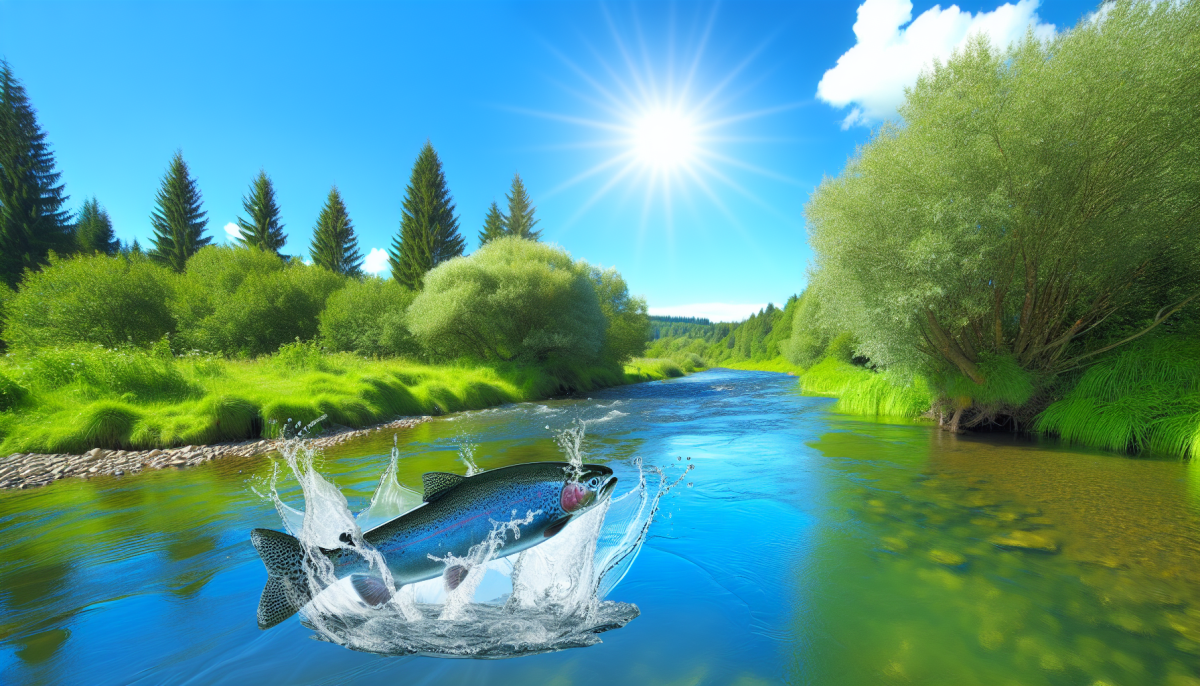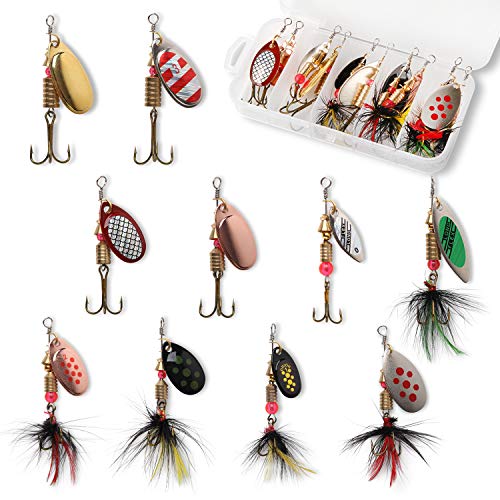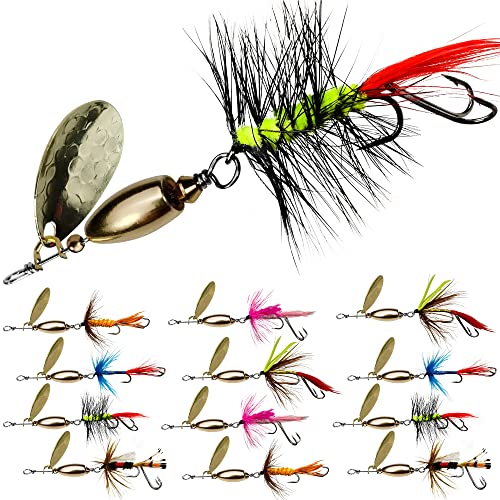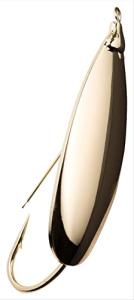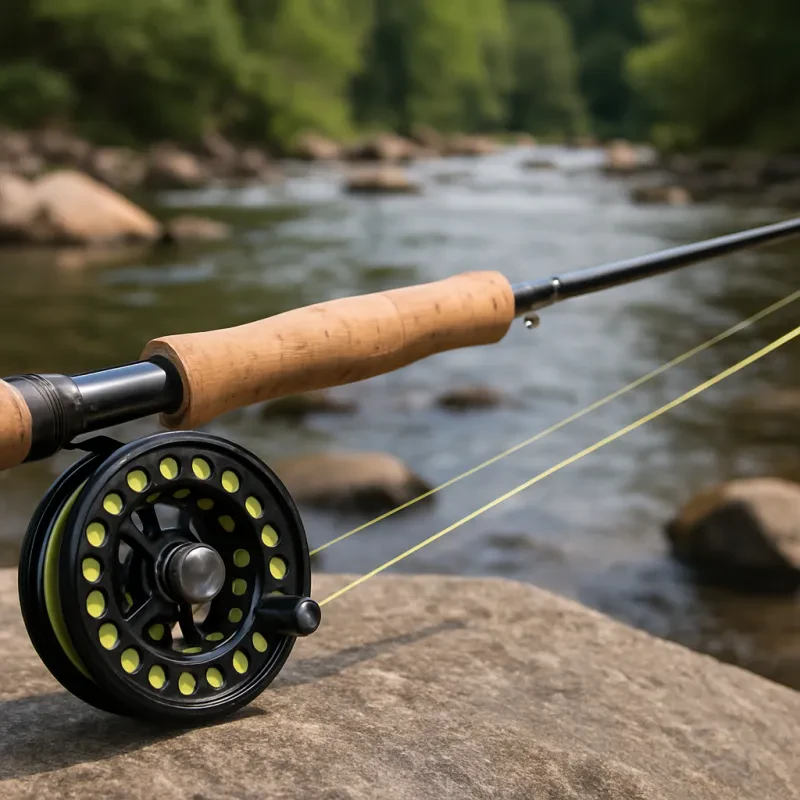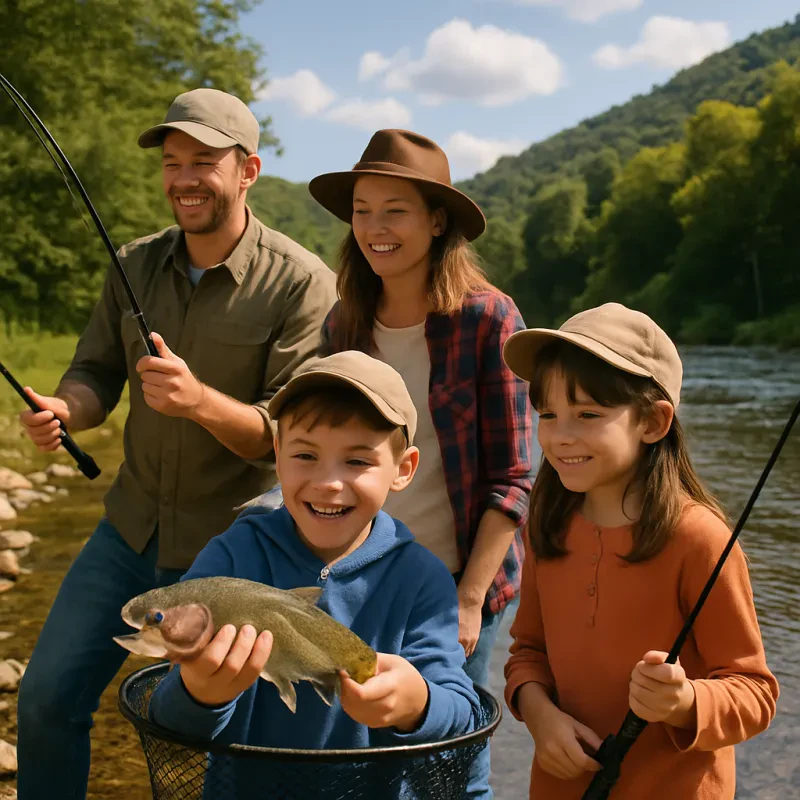When it comes to blue trout, understanding their behavior is key to having a successful fishing trip. These fish are known for their stunning colors and are found in various freshwater locations. Observing their patterns can give you a real edge out on the water.
Blue trout tend to thrive in cooler waters, usually below 65°F. They are more active during early mornings and late evenings, especially during spring and fall. If you’re planning to catch these beauties, aim for those times when they’re most active. You might find them lurking in deeper pools or near the structure like rocks and fallen trees, which provide shelter and food.
What really drives blue trout behavior is their diet. They love to munch on insects, smaller fish, and crustaceans. This means using the right bait is essential. Think about using something that mimics their natural prey, like streamers or nymphs. Experiment with different colors and sizes to see what gets the best reaction.
Be mindful of the weather, too! Blue trout often respond to changes in conditions. Overcast days can push them into shallower waters, while bright sunny days might send them deeper. Understanding these small nuances can help you decide where to cast your line and increase your chances of a catch.
Best Fishing Spots for Blue Trout
When it comes to fishing for blue trout, finding the right spot can make all the difference. These fish love cold, clean water, so you're usually looking for streams, rivers, and lakes that fit that bill. Here are some of the best fishing spots to consider:
It's always a good idea to check the local regulations and get the latest info on fishing conditions. Different bodies of water will have their own rules, and making sure you’re up to date can save you a ton of trouble later on. Happy fishing!
Essential Gear for Blue Trout Fishing
When it comes to blue trout fishing, having the right gear can make all the difference. Whether you’re a seasoned angler or just starting out, picking the right tools will help you reel in those elusive fish and make your time on the water even more enjoyable.
First off, a good rod and reel combo is essential. Look for a medium-light rod that's flexible enough to handle those quick movements of blue trout but still has enough backbone for a solid hook set. A spinning reel is usually easier to manage, especially for beginners. Ensure your line is in the 4-10 lb test range. This will give you the sensitivity to feel the bites without spooking the fish.
Next, don’t forget about your tackle. Blue trout can be a bit picky, so having a variety of lures is a smart move. Try using spinners, spoons, or soft plastics that mimic the baitfish in your area. Small jigs can also work wonders. A good tip is to try different colors and sizes until you find out what they’re biting on that day.
Lastly, think about your clothing and accessories. Staying comfortable can help you focus on fishing. Choose breathable clothing that can handle the water splashes, plus a good pair of polarized sunglasses to reduce glare on the water. A simple fishing hat can keep the sun off your face and help you stay cool.
By having the right gear, you’ll increase your chances of enjoying a successful blue trout fishing experience. So gear up, and hit the water prepared for a great day of fishing!
Techniques to Catch Blue Trout Easily
When it comes to catching blue trout, having the right techniques makes all the difference. These fish are often found in cooler, oxygen-rich waters, so targeting the right spots is key. Here are some simple and effective techniques to help you hook those elusive blue trout.
1. Choose the Right Bait: Blue trout have a diverse diet, but they’re especially attracted to live baits like minnows or worms. If you prefer artificial lures, opt for brightly colored spinners or spoons that mimic their favorite prey. Don't be afraid to experiment until you find what they love!
2. Time Your Fishing: Early mornings and late afternoons are prime times to catch blue trout. This is when they are most active, hunting for food. If you want to increase your chances, try fishing during overcast days when they are less cautious.
3. Pay Attention to Water Temperature: Blue trout thrive in cooler waters, typically around 55°F to 65°F. Use a thermometer to check the water temperature and search for areas where the water is in this range. They often hide near submerged structures like rocks or fallen trees, so keep an eye out!
4. Use Stealth: Blue trout can be quite skittish, so keeping a low profile is essential. Move quietly and avoid casting shadows over the water. Try to approach your fishing spots quietly to avoid spooking them. A little patience goes a long way!
